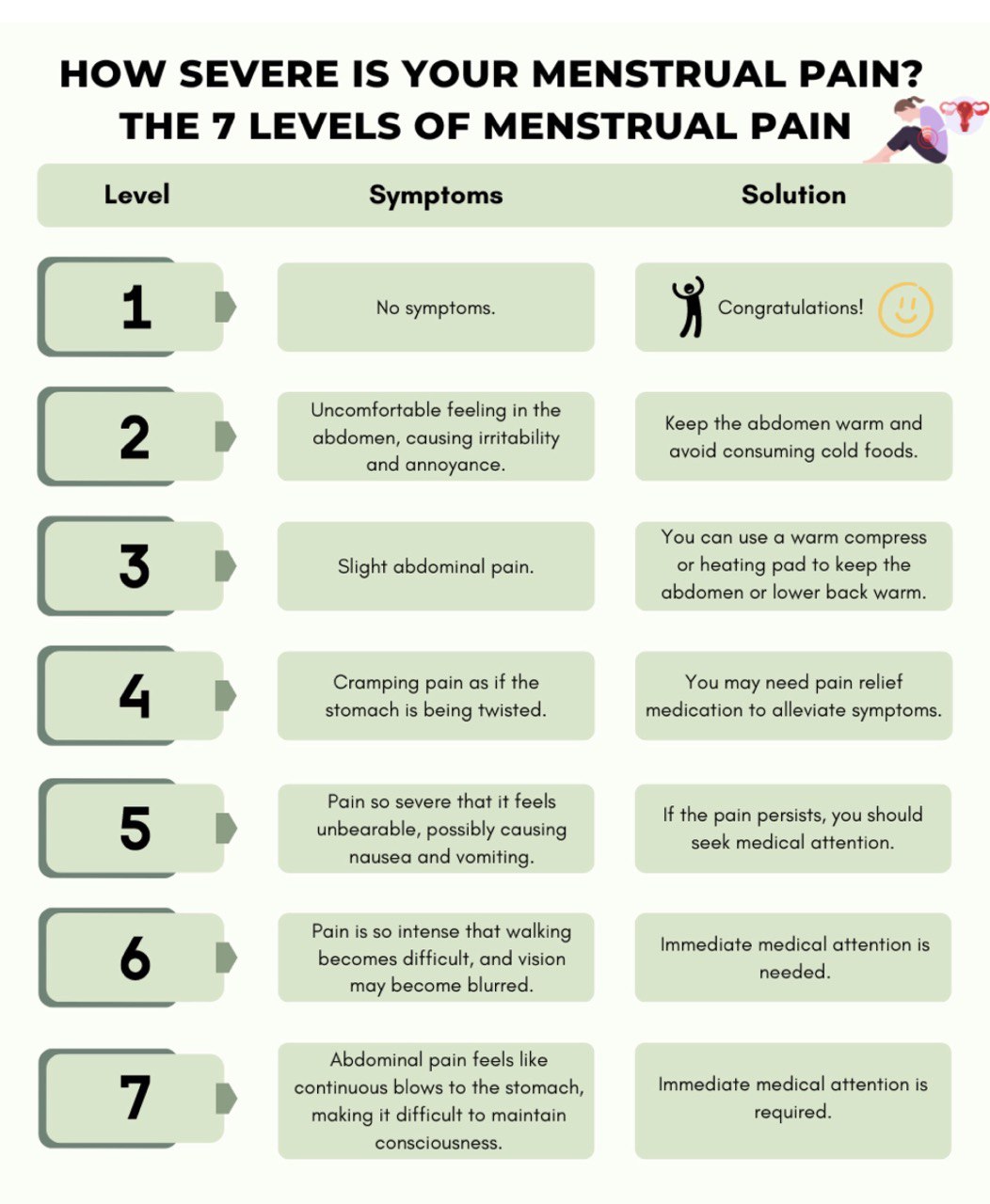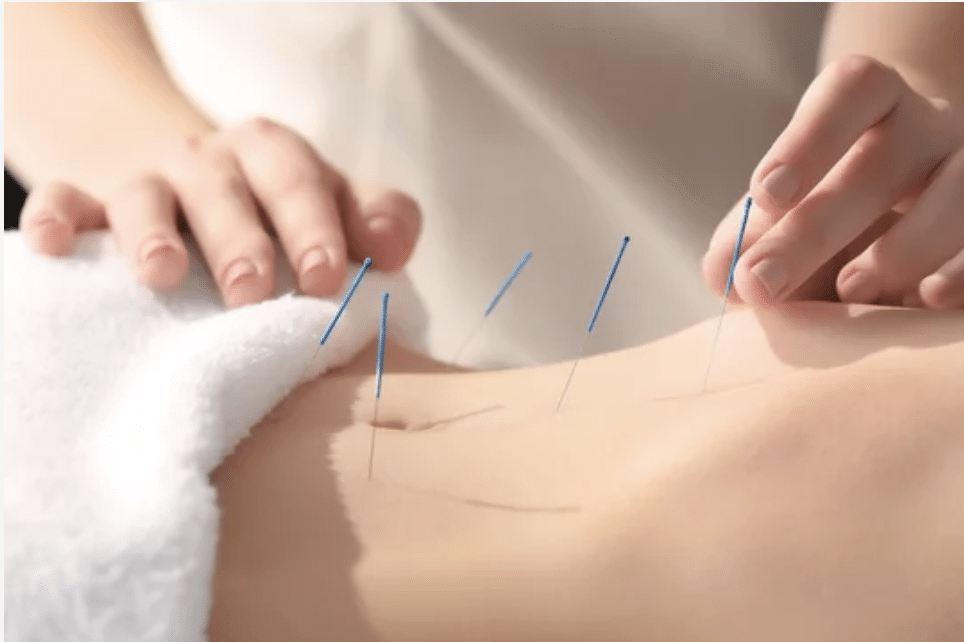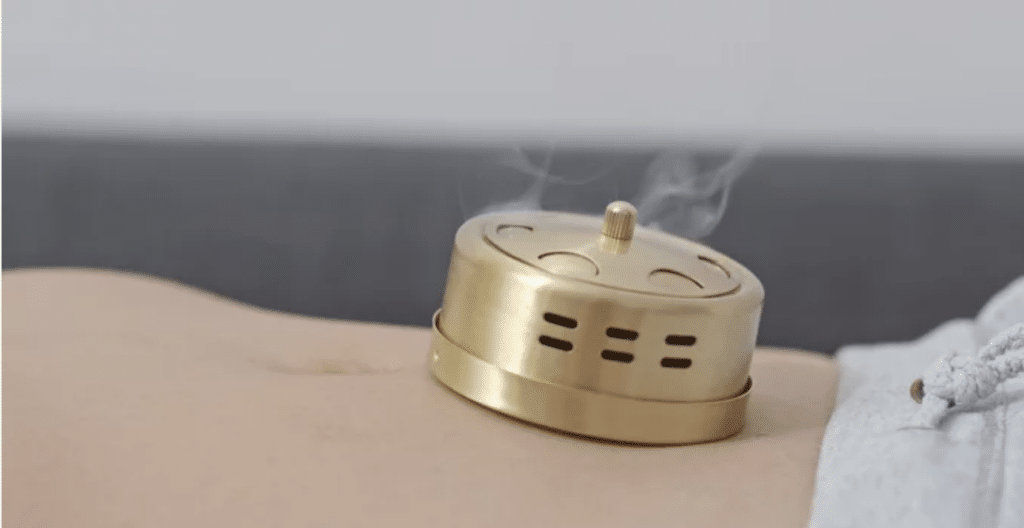Menstrual Pain (Dysmenorrhea) is a common issue for many women during their menstrual period. According to statistics, about 50% of women experience varying degrees of menstrual pain during their period, with 10% of them even having their daily lives affected by the pain. At Zhong Yi Clinic, we are dedicated to providing professional Traditional Chinese Medicine treatments to help alleviate menstrual pain and restore your health.
The Causes of Dysmenorrhea Are Not Limited to Cold Uterus: An Article to Understand the Causes and Treatment Methods of Dysmenorrhea
For yourself, learn more.
We has prepared a menstrual pain grading chart for you, to help you understand the severity of your pain. Starting from the fifth level, you might feel like, “Wow! No way!” But menstrual pain can indeed reach such a level. Feel free to share this with male partners who have always thought you were exaggerating, so they can better understand what you are going through. After understanding the pain grading, let’s take a look at the causes of menstrual pain. Is it really as commonly said, due to a cold uterus or drinking too many cold beverages? And how can we address it? This article covers all the information you want to know.
Menstrual pain is not solely caused by a cold uterus.
It is often claimed that menstrual pain is caused by a cold uterus, leading to the recommendation of various warming products or treatments for the uterus. However, you might not feel any improvement after trying them because your pain might not be due to a cold uterus in the first place. Menstrual pain is often caused by “poor menstrual blood flow,” which can be a major culprit. Because of this poor flow, most people experience menstrual pain during the first 1-3 days of their period, when the blood flow is heaviest, accompanied by lower abdominal distension and pain. Below is a list that shares common patterns and specific manifestations of menstrual pain from the perspective of Traditional Chinese Medicine (TCM). See if any of these patterns apply to you.
Cold Uterus
Menstrual blood is dark in color and thick in consistency, often containing more blood clots. The menstrual cycle tends to be delayed. Symptoms include cold hands and feet, aversion to cold, and pain that can be alleviated with warm compresses. Drinking cold beverages or exposing the abdomen can worsen the pain.
Liver Qi Stagnation
Menstrual blood often contains more clots, and the menstrual cycle tends to be delayed. Lower abdominal distension is quite noticeable, and frequent sighing is common. Before menstruation, pressing on the breasts or rib sides can cause significant distension and pain. Emotional distress is often present, and constipation may also occur
Qi Deficiency
Menstrual blood is light in color and thin in consistency, and the flow may be heavier. During menstruation, fatigue is pronounced, and there may be symptoms such as dizziness, diarrhea, lower back pain, and weakness in the legs. The complexion often appears pale.
Blood Heat
Menstrual blood is bright red, and the flow is excessive. Symptoms include acne before and after menstruation, dry mouth, sore throat, and a tendency to feel hot. These are signs of “heat” or “internal fire.” Additionally, there may be irritability and difficulty sleeping.
Of course, the above are just the most common causes and only include functional issues from the perspective of Traditional Chinese Medicine (TCM). Additionally, menstrual pain can also be caused by various benign tumors, such as the commonly heard of chocolate cysts or uterine fibroids.
What is the use of understanding the above content? The key point is that even if you don’t know how to treat it, you shouldn’t make it worse. Have you ever tried eating some supplements after your period, only to start experiencing sore throats, acne, and other symptoms? The reason is that there are many ways to replenish blood, but if you have menstrual pain due to blood heat, using TCM herbs like red dates and angelica to replenish blood can increase the heat and worsen the problem.
Furthermore, you might feel confused if you see that you have symptoms of two or even three of the above conditions. This situation is quite normal because these symptoms can appear together, making the problem more complicated. At this point, it’s really time to seek help from Zhong Yi Clinic, where a TCM practitioner can carefully analyze your condition and determine how to address the issue.
How Does Traditional Chinese Medicine (TCM) Treat Menstrual Pain (Dysmenorrhea)
TCM treatment methods typically include herbal medicine, acupuncture, and moxibustion. Here is an overview of how TCM addresses menstrual pain.
Acupuncture: For menstrual pain, acupuncture often involves selecting points on the Liver meridian, such as the Taichong point. In TCM, the Liver is believed to be related to the regulation of flow, which includes various excretions. Remember that the primary cause of menstrual pain is poor menstrual blood flow? Additionally, points like Sanyinjiao and Xuehai are used for similar reasons, targeting specific functional issues.
Moxibustion: Moxibustion can also target various acupoints, with point selection similar to acupuncture. For those who truly suffer from a cold uterus, moxibustion should be the first choice for treatment. The heat generated by moxibustion can reach the cold areas directly, providing immediate relief from pain and dispersing deep-seated coldness.
Herbal Medicine: The methods mentioned above can bring noticeable changes in a short time, but herbal medicine is still needed to regulate the internal functions of the body. Common prescriptions include Xiao Yao San, Tao Hong Si Wu Tang, and Bu Zhong Yi Qi Tang, which target specific functional abnormalities for improvement. This approach helps to achieve long-term relief from menstrual pain.
What Can I Do at Home When Experiencing Menstrual Pain?
We understands that severe menstrual pain can make even leaving the house difficult, and you just want a solution rather than repeatedly being told to see a doctor. Here are three methods you can try at home. However, it’s important to note that these are temporary relief measures, and you should still see a doctor for a long-term solution.
1. Ask a Friend to Help You Buy the Following Drinks or Foods
The C.M.P Instagram:Dysmenorrhea First Aid
The C.M.P Facebook:Dysmenorrhea First Aid
This post from The C.M.P Instagram and Facebook provides the simplest methods for checking and alleviating menstrual pain. While the wording might differ slightly from the content above, the essence remains the same. Follow these steps for relief, and make sure to choose genuine ingredients, not packaged drinks.
2. Acupressure: While the effects might not be as strong as acupuncture or moxibustion, it’s better than nothing.
If you identify your pain as being due to blockage, choose the Taichong (LV3) acupoint. If your pain is due to deficiency, use the Taixi (KI3) acupoint. If you don’t want to figure out which type you have, use the Sanyinjiao (SP6) acupoint.
Key Point: Use tools to assist you. Common household tools include:
- Rounded chopsticks
- The handle of a table knifeThese tools help you apply pressure more easily. The method is simple:
- Find the acupoint.
- Place the rounded end of a chopstick or the rounded handle of a table knife on the acupoint.
- Apply gentle pressure until you feel a slight soreness. Do not use excessive force.
- Massage in circular motions for about five minutes. As you do this, you should feel the menstrual pain gradually easing.
- These methods can provide temporary relief from menstrual pain at home.
3. Take Pain Relievers: If you find that the above methods do not provide much relief, taking pain relievers might be the most sensible decision.
We always aims to be practical. If the methods above don’t help, it means the pain is beyond what self-help can alleviate. Taking a pain reliever and immediately seeking professional medical help is the most reasonable and best approach. Don’t delay!
Frequently Asked Questions
Is Menstrual Pain Common Across All Age Groups?
Menstrual pain is most common among young women, but it can affect women of all ages, especially when it is secondary to other underlying conditions.
Can Lifestyle Changes Really Improve Menstrual Pain Symptoms?
Is Traditional Chinese Medicine (TCM) Treatment Safe for All Women with Menstrual Pain?
Conclusion
Dysmenorrhea is a common issue for many women, but professional Traditional Chinese Medicine (TCM) treatment can effectively alleviate the discomfort. We offers comprehensive diagnosis and treatment to help you improve your constitution, reduce menstrual pain, and enhance your quality of life. We warmly welcome you to The C.M.P , where we are dedicated to providing the most professional treatment services.
Contact Us
For more information or to schedule an appointment, please contact The C.M.P. Our professional team is committed to providing you with the highest quality of service.




